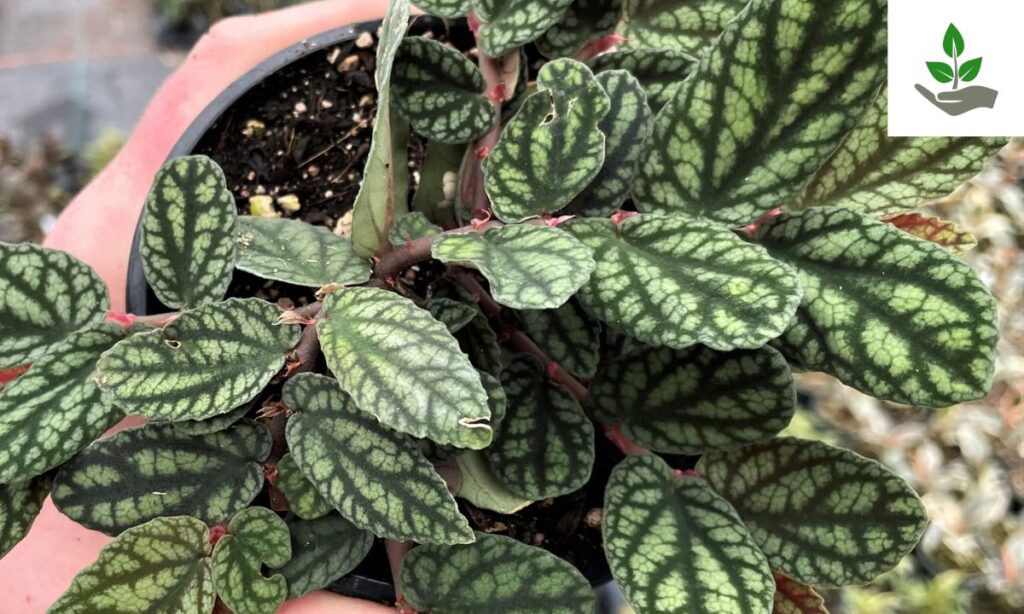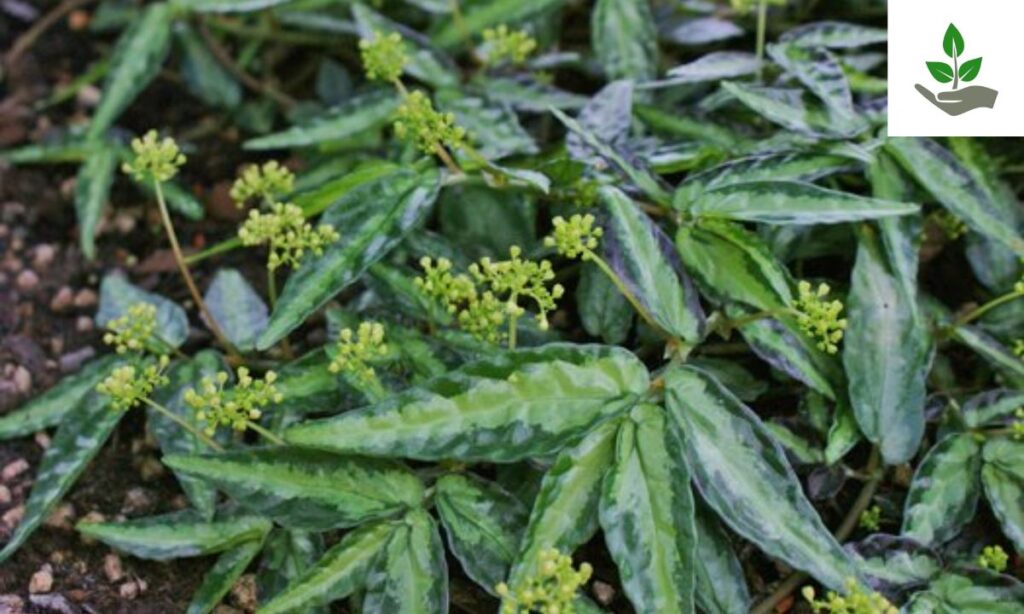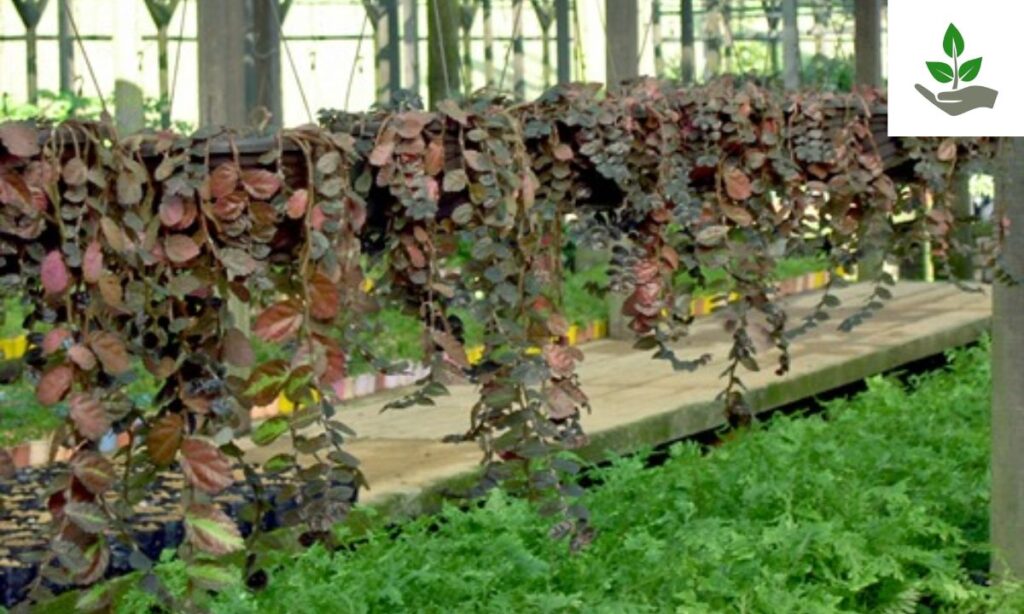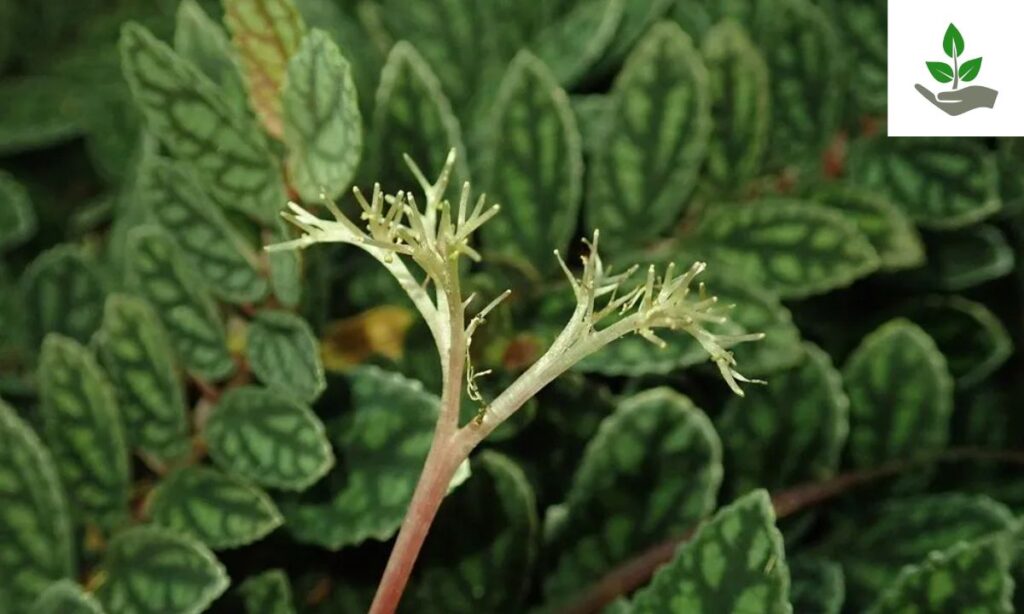Pellionia Care, Seeds, Planting and Growing
They are gorgeous tropical house plants that have stolen the hearts of plant lovers worldwide. With their interesting succulent-like foliage with complex patterns of silver, green, and burgundy markings, these low maintenance beauties are ideal complements to any indoor garden.
Whether you are a new plant mom or dad or a tried plant pro, caring for Pellionia Care is surprisingly easy once you discover their simple requirements. These adaptable plants perform as hanging plants, ground cover or trailing accents flourishing with little work in numerous indoor settings to care for Pellionia will allow your plant to grow its unique rich foliage and prosper year round.
What is Pellionia?
It is a tropical plant genus in the nettle family indigenous to Southeast Asia, highly valued as houseplants for their colorful leaves and low maintenance requirements. Low growing vining plants go by the name trailing watermelon begonias or rainbow vines though they are not begonias.

Pellionia plants have succulent foliage with lovely variegated patterns that most often show combinations of green silver burgundy and pink markings that give the leaves an almost metallic appearance. The most common are Pellionia repens and Pellionia pulchra, both of which are great hanging basket plants or ground covers in terrariums.
Pellionia History
Pellionia was first scientifically described and named in the early 19th century by French botanist Charles Gaudichaud Beaupre who honored French naval officer and naturalist Alphonse Odet Pellion with the genus name. Native to the tropical regions of Southeast Asia including Vietnam China and surrounding areas these plants grew naturally as forest floor ground covers in their humid shaded native habitats.
While Pellionia species have existed in their natural environments for millennia they remained relatively unknown to Western horticulture until the mid 20th century when plant collectors began introducing them to European and American markets. The plants gained popularity as houseplants in the 1970s and 1980s particularly among terrarium enthusiasts who appreciated their compact size and tolerance for humid enclosed environments.
Pellionia Seeds
These plants are mostly propagated by vegetative means instead of seed formation. In their native environment, Pellionia plants do bear small, unobtrusive flowers that can grow into minuscule seeds, but this procedure is rare in indoor cultivation where the plants hardly flower. Should seeds be found, they are very minute and need very precise conditions to germinate correctly, such as high humidity, warm temperatures, and sterile potting medium.

Seed propagation is found to be difficult and time consuming by most home gardeners as opposed to the far more dependable stem cuttings or division methods. The seeds, when they are fresh, are to be surface-sown in a well-draining seed starting mix and moisten it, then place them in a humid location with bright, indirect light.
Pellionia Planting and Growing
They are a Southeast Asian native genus of houseplants in the nettle family that are prized for their showy leaves and low maintenance requirements. The spreading, low growing plants also go by the names rainbow vines or trailing watermelon begonias but are not a species of begonias.
Pellionia’s leaves are succulent like with a stunning variegated pattern that characteristically displays combinations of green, silver, burgundy, and pink markings which give a near metallic glow. The two most common of these two species are Pellionia repens and Pellionia pulchra, which both suit well as hanging basket plants or as ground cover in terrariums.
Guide About Pellionia Care
Pellionia maintenance is just relaxed and carefree, so these colorful indoor plants with their hanging tendencies are ideal for busy plant hobbyists or novice gardeners looking for low maintenance leaves. These tropical treasures thrive with bright, dappled light and never have to come close to searing direct sunlight that will burn their pretty variegated leaves.

Water your Pellionia when the top inch of soil feels dry, but don’t let water sit in the soil and lead to root rot. The plants enjoy moderate to high humidity and can sit close to a humidifier, in clusters with other plants, or on a pebble tray of water. Pellionia enjoys temperatures between 65°F and 75°F and thrives on fertilizing monthly with a weak, balanced liquid fertilizer when cultivated.
Pellionia User and Benefits
- Decorative Appeal: Beautiful trailing plant for hanging baskets and shelves with colorful variegated foliage
- Air Purification: Naturally filters indoor air toxins and increases humidity levels
- Low Maintenance: Thrives with minimal care, perfect for busy lifestyles and beginners
- Easy Propagation: Simple to multiply through stem cuttings for sharing or expanding collection
- Space Efficient: Ideal for small apartments and limited growing spaces
- Stress Relief: Provides therapeutic benefits through plant care and natural beauty
- Versatile Placement: Works well in terrariums, living walls, or as ground cover
- Tolerant Nature: Adapts to lower light conditions and infrequent watering
- Cost Effective: One plant can produce multiple new plants through propagation
- Year-Round Beauty: Maintains attractive foliage throughout all seasons indoors
Pellionia Fun Fact
- Named after French naval officer Alphonse Odet Pellion, not related to its appearance
- Called watermelon begonia but isn’t actually a begonia at all
- Belongs to the same plant family as stinging nettles, but without the sting
- Leaves have a natural silvery almost metallic appearance that changes in different lighting

- Produces microscopic, inconspicuous flowers that most people never notice
- Originally grows as ground cover in Southeast Asian rainforest floors
- Leaf colors become more vibrant in brighter light conditions
- Cuttings can root in plain water within just a few weeks
- Leaves may curl or become less colorful when humidity levels drop
- Like many plants, leaves slightly adjust their position throughout the day
- Different species show varying patterns, making them popular among plant collectors
- One of the few plants that actually thrives in enclosed glass environments
Read More Post: Clematis Florida Care, History, Planting and Growing
Conclusion
Effective Pellionia Care is all about achieving the correct balance of light, moisture, and humidity and not succumbing to potential traps such as overwatering or exposing them to extreme direct sunlight. Such robust plants pay heed to careful maintenance in the form of rich, vibrant leaves cascading spectacularly from pots or spreading elegantly across surfaces.
By adopting the all important Pellionia care principles of giving bright indirect light, consistent but not soggy moisture and good drainage you all be well on your way to successfully growing a healthy specimen. Just remember that patience is the key with these plants. They can take a while to settle but once settled become low key, reliable companions which add tropical loveliness to your house throughout the year.
FAQs
How often should I water my Pellionia plant?
Water your Pellionia when the top inch of soil feels dry, typically every 7-10 days. These plants prefer consistently moist but not waterlogged soil to prevent root rot.
Why are my Pellionia leaves losing their colorful patterns?
Loss of variegation in Pellionia is usually caused by insufficient light exposure. Move your plant to bright, indirect light to restore the beautiful silver and burgundy markings.
Can I easily propagate my Pellionia plant?
Yes, Pellionia propagation is extremely simple using 3-4 inch stem cuttings in water or soil. Roots typically develop within 2-3 weeks, making it perfect for expanding your collection.







